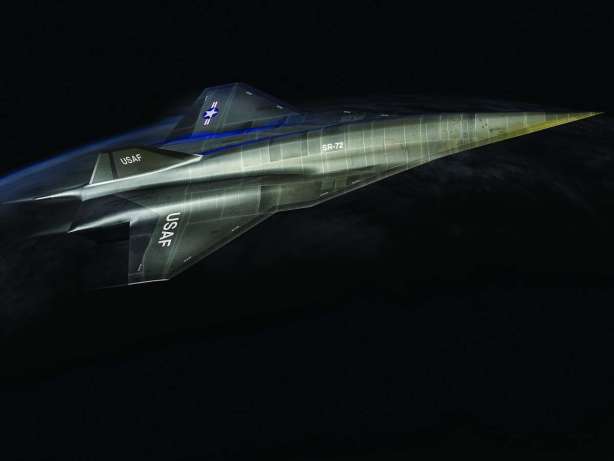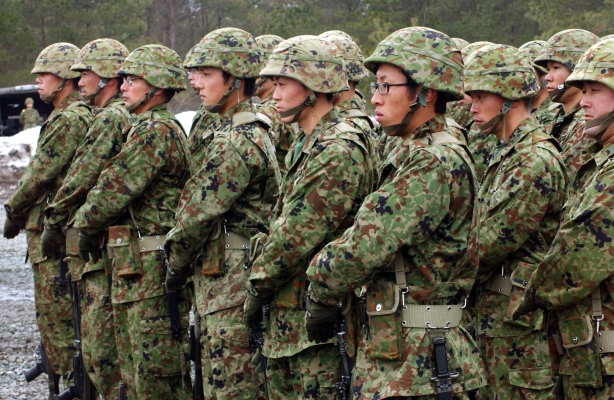While our designers are hard at work grafting our new responsive template onto our site, we thought it made sense to preview some of the new features being incorporated throughout the site. First off, we’re creating a brand new section called “Insterstellar Warfare”. Essentially, this is our Diecast Military Science Fiction section on steroids, which will discuss the genre as it relates to books, films and other related material. With Star Wars, Star Trek, Warhammer 40K, HALO and other brands expected to dominate the headlines for the next few years, we thought it made sense to give this genre its rightful due.
Also being work on is a brand new section called “War Stories”. While its name isn’t set in stone yet, the idea behind “War Stories” was something we always wanted to develop fully but never had the resources to flesh out. Here. we will be examining particular weapons systems, units, armies, etc. in detail, incorporating maps, videos, background histories et. al. from across the web. Hope you enjoy some of the new features headed your way.
Update: Currently, we anticipate rolling out the new site on Friday, June 5th. Stay tuned…










